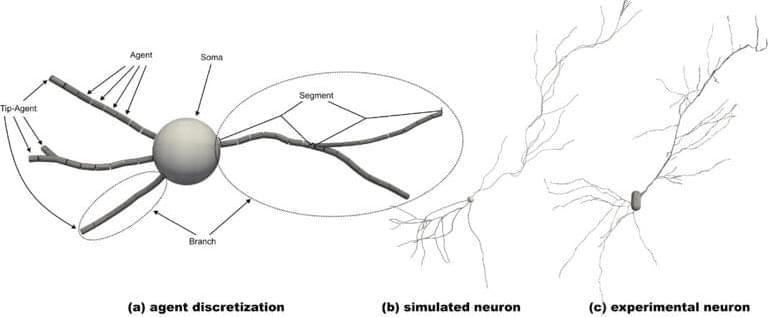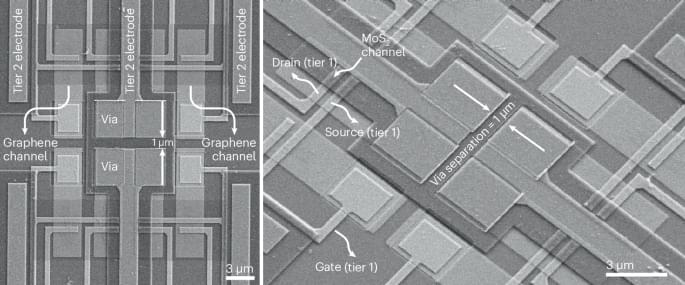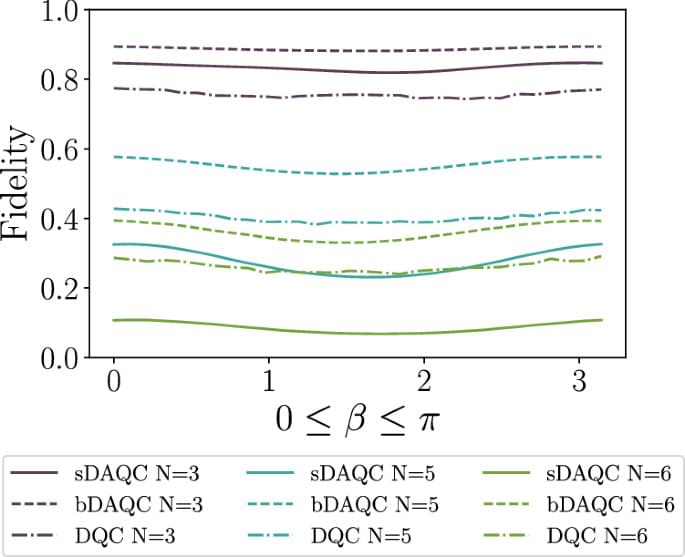The edible transistor is based on an existing transistor architecture, utilizing CuPc as the active material. The key component, the electrolyte-gated OFET (EGOFET), operates at low voltages (1 V) and can function stably for more than a year. The transistor showed good reproducibility, with performance characteristics that pave the way for integrating these devices into more complex edible circuits.
The circuits are constructed on a derivative of cellulose with electrical contacts being printed using inkjet technology and a solution of gold particles (which are also commonly used in the food industry for decoration). The transistor “gate” is also food-grade. This component controls the flow of electrical current between the source and drain terminals, effectively acting as a switch or amplifier. This gate is made from a gel based on chitosan another food-grade ingredient used as a gelling agent.
The research team also explored the optical and morphological properties of CuPc thin films. They found that the thickness of the CuPc layer played a crucial role in the transistor’s performance. Thinner films displayed better charge transport properties, which are essential for creating high-performing, low-voltage devices. This detailed understanding of the material’s properties allowed the team to optimize the transistor’s design for use in real-world applications.







